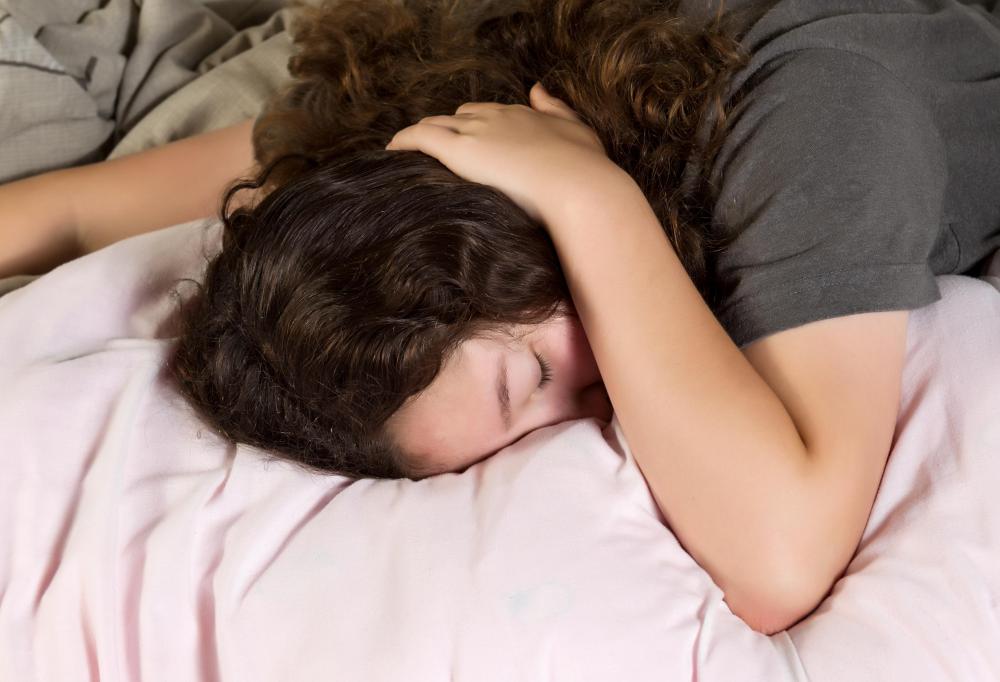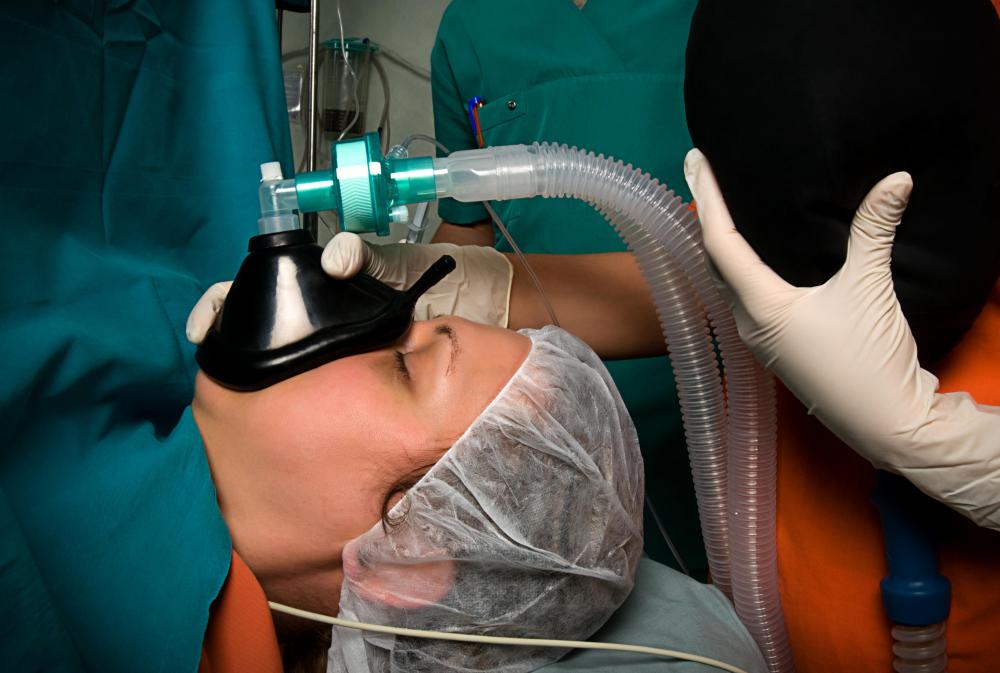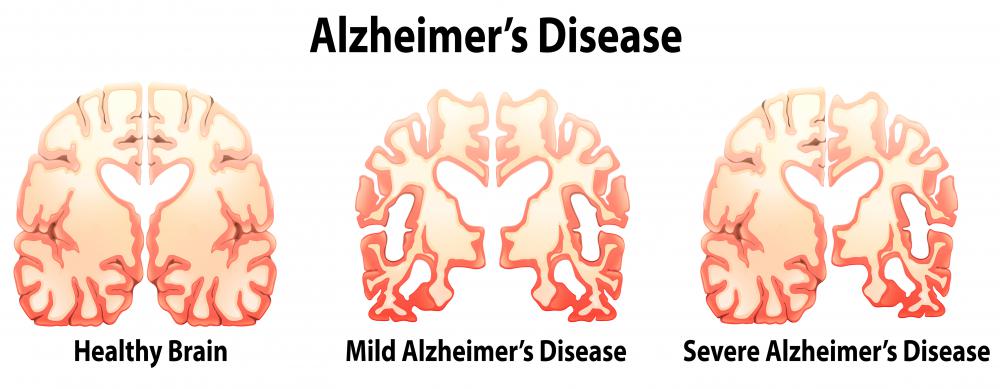At TheHealthBoard, we're committed to delivering accurate, trustworthy information. Our expert-authored content is rigorously fact-checked and sourced from credible authorities. Discover how we uphold the highest standards in providing you with reliable knowledge.
What is Vagus Nerve Stimulation?
Vagus nerve stimulation is a neurological treatment which involves steady stimulation of the vagus nerve, one of the 12 cranial nerves. This treatment is used in people with forms of epilepsy and depression which resist other kinds of treatments, and research has also been conducted to see if it might be useful in the treatment of various other neurological problems, such as Alzheimer's disease. The mechanism through which vagus nerve stimulation works is not really understood, although there are some theories to explain the phenomenon.
Also known as vagal nerve stimulation, this procedure starts with a surgery in which the vagus nerve in the neck is wrapped in a lead attached to a battery in the chest. The procedure may be performed under local anesthesia on an outpatient basis, or as an inpatient procedure with general anesthesia, depending on the patient and the preferences of the neurosurgeon who performs the surgery. After the device is implanted, it is programmed by a neurologist using a programming wand, with the neurologist determining the most appropriate level of stimulation.

The device cycles on and off, providing intermittent stimulation to the vagus nerve. For people with depression, this appears to trigger the production of neurotransmitters which can bring the brain chemistry back into alignment, reducing the symptoms of depression. In patients with epilepsy, vagus nerve stimulation can prevent seizures or arrest ongoing seizures; the device can be triggered with a magnet, allowing epileptics who experience auras to set off the stimulator if they sense that a seizure is about to occur.

This device can last between one and 15 years in the body, depending on the programming. Strong signals sent on a more frequent basis tend to wear down the battery, necessitating more rapid replacement, while weaker more intermittent signals are less draining. As a general rule, patients do not know when the device is on, although malfunctions can lead patients to experience strange sensations which can be corrected with reprogramming or replacement of the device.

Sometimes called a pacemaker for the brain, vagus nerve stimulation can be a treatment option for patients who do not appear to be responding to other treatments and management techniques. Because it does not involve surgery on the brain, it is far less invasive than some treatment options, and the risks are greatly reduced. Risks of vagus nerve stimulation can include the development of sleep apnea, difficulty swallowing, coughing, and hoarseness, along with infection of the surgical site or malfunctions of the device which cause discomfort.
AS FEATURED ON:
AS FEATURED ON:

















Discuss this Article
Post your comments